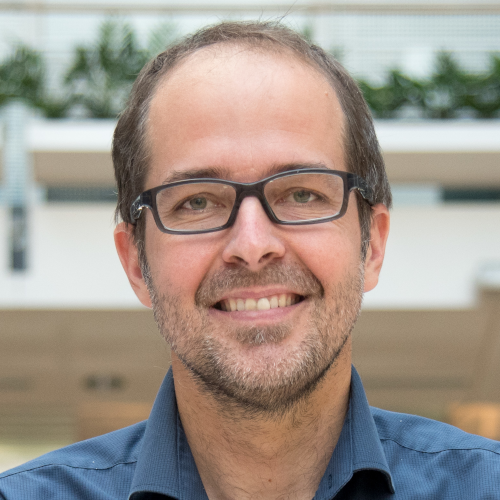Real-Time Operando Diffraction Imaging of La–Sr/CaO During the Oxidative Coupling of Methane

An La–Sr/CaO catalyst has been chemically imaged during activation and under operando conditions during the oxidative coupling of methane reaction (OCM) at high temperature using X-ray diffraction computed tomography (XRD-CT) in combination with full pattern Rietveld refinement. At room temperature the main components of the catalyst were present as carbonates and hydroxides. During the activation stage (temperature ramp) they decomposed, forming La2O3, SrO, and mixed CaO–SrO oxides. Under the OCM reaction conditions, the predominant phases present were (∼20% wt) La2O3 and CaO-SrO (∼45% wt), and these remained stable throughout the entire reaction, whereas SrO, formed during activation, reacted with produced CO2 leading to formation of SrCO3 (∼35% wt). Two polymorphs of SrCO3, orthorhombic and rhombohedral, were found to be stable under reaction conditions although the extent to which these phases were observed varied spatially and temporally with reactant gas composition. The presence of the high temperature rhombohedral polymorph can be associated with higher combustion activity, and since the Rietveld analysis is performed on a pixel-by-pixel basis, it is possible to observe, for the first time, domains of differing activity within the reactor.

Leave a Reply